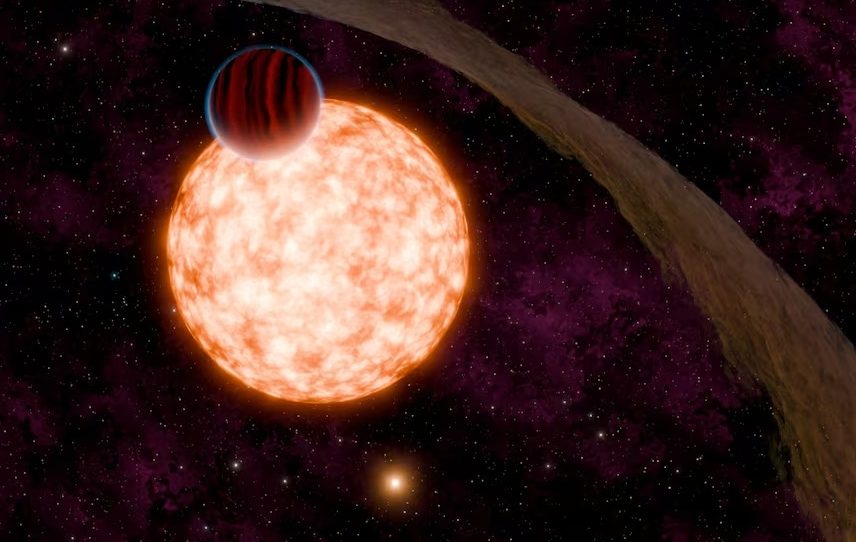Ηλιακή έκλαμψη-γίγας καταφθάνει τα επόμενα 24ωρα, λόγω έκρηξης που σημειώθηκε στον Ήλιο το βράδυ της Τρίτης – Τι λέει η NASA, ο αμερικανικός οργανισμός που ασχολείται με την εξερεύνηση του διαστήματος
Τεράστια ηλιακή έκλαμψη αναμένεται να χτυπήσει τη Γη, τις επόμενες ημέρες, εξαιτίας μιας έκρηξης που σημειώθηκε στον ήλιο το βράδυ της Τρίτης, όπως αναφέρει η NASA.
Οι ηλιακές εκλάμψεις σύμφωνα με τη NASA είναι ισχυρές εκρήξεις ενέργειας που μπορεί να επηρεάζουν τις ραδιοεπικοινωνίες, τα δίκτυα ηλεκτρικής ενέργειας και τα σήματα πλοήγησης.
Αυτή η έκλαμψη έχει κατηγοριοποιηθεί ως X-class, η οποία είναι η πιο υψηλή ταξινόμηση.
Η NASA ανέφερε σχετικά πρόσφατη έκλαμψη με ανάρτηση στο “X”: «Οι ηλιακές εκλάμψεις είναι ισχυρές εκρήξεις ακτινοβολίας. Η επιβλαβής ακτινοβολία από μια έκλαμψη δεν μπορεί να περάσει μέσα από την ατμόσφαιρα της Γης για να επηρεάσει φυσικά τους ανθρώπους στο έδαφος. Ωστόσο, μπορούν να διαταράξουν την ατμόσφαιρα στο στρώμα όπου ταξιδεύουν τα σήματα GPS και επικοινωνιών».
Strong Solar Flare Erupts from Sun
The Sun emitted a strong solar flare, peaking at 6:20 p.m. ET on Oct. 1, 2024. NASA’s Solar Dynamics Observatory, which watches the Sun constantly, captured an image of the event.
The Sun appears in orange and red with dark splotches and bright yellow areas, against a black background. In the lower left region of the Sun’s face is a bright yellow area, a solar flare.
NASA’s Solar Dynamics Observatory captured this image of a solar flare – seen as the bright flash in the lower left – on Oct. 1, 2024. The image shows a subset of extreme ultraviolet light that highlights the extremely hot material in flares and which is colorized in red and orange. Credit: NASA/SDO
Solar flares are powerful bursts of energy. Flares and solar eruptions can impact radio communications, electric power grids, navigation signals, and pose risks to spacecraft and astronauts.
This flare is classified as an X7.1 flare. X-class denotes the most intense flares, while the number provides more information about its strength.
To see how such space weather may affect Earth, please visit NOAA’s Space Weather Prediction Center https://spaceweather.gov/, the U.S. government’s official source for space weather forecasts, watches, warnings, and alerts. NASA works as a research arm of the nation’s space weather effort. NASA observes the Sun and our space environment constantly with a fleet of spacecraft that study everything from the Sun’s activity to the solar atmosphere, and to the particles and magnetic fields in the space surrounding Earth.




